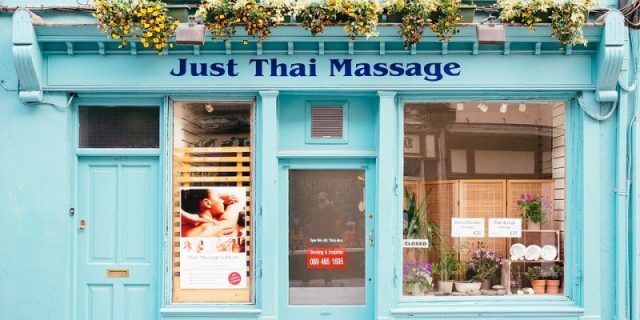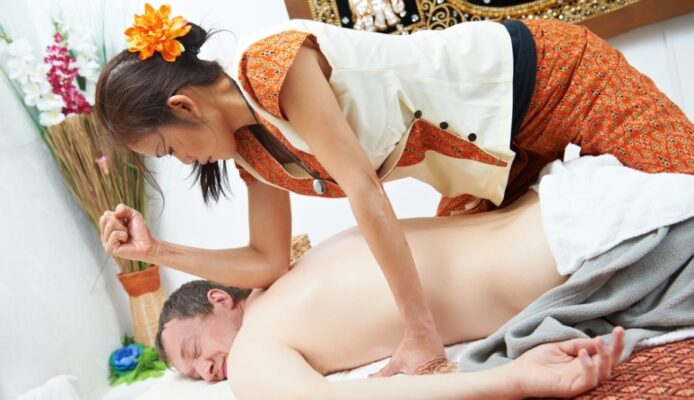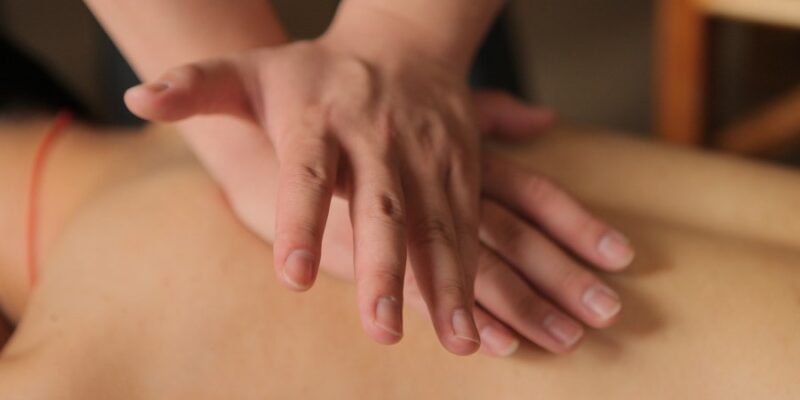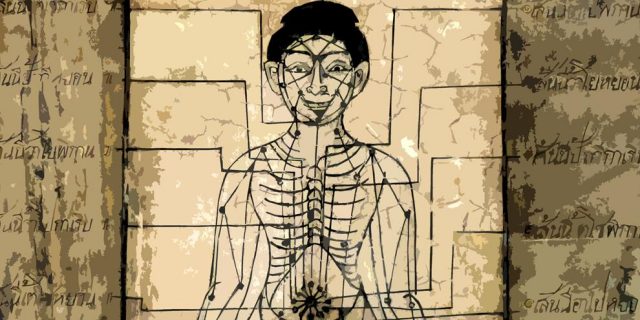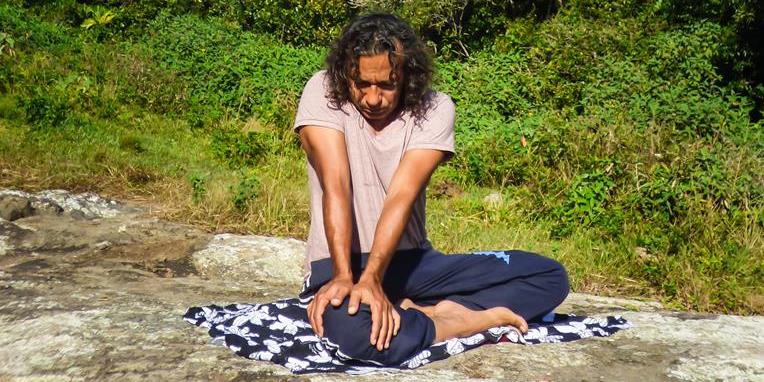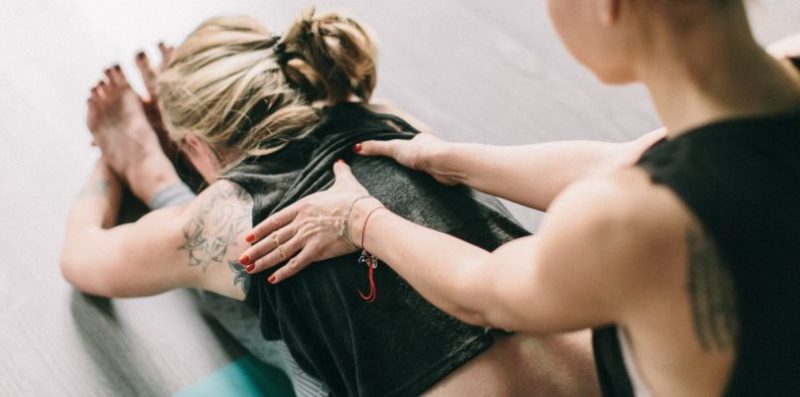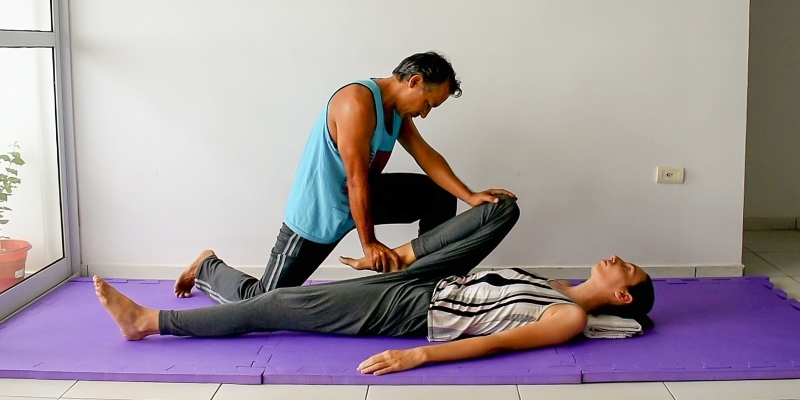
In this article we’re going to take a look at what can cause occupational burnout for a Thai Massage therapist and how we can avoid it.
But before we start, what is a burnout?
Now, the World Health Organization (WHO) defines an occupational burnout as a syndrome i.e. group of symptoms connected to long-term, unresolved, work-related stress. According to the WHO burnout can come about from unsuccessful handling of chronic work-related stress resulting in feelings of energy depletion or exhaustion, increased mental distance from the job, or feelings of negativism or cynicism related to one’s job, and reduced professional efficacy.
2. Too much sessions
3. Expectations
4. Energy issues
5. Neglecting yourself
6. Financial issues
7. Professional horizons
8. Loneliness
1. Losing the hands
When I began practitioning Thai Massage I was just simply over-fanatic. After my first training in Thailand and returning to Europe I started working for a Thai Massage practice in Germany where I did like three, sometimes four sessions per day (1.5 to 2.5 hours per session), sometimes seven days per week.

It was very hard physically and moreover—I worked mostly with my hands. And that… that broke me up. You see, my initial Thai Massage training focused primarily on palming and thumbing. Within three months time, I couldn’t feel my hands any longer. My thumbs, wrists, arms got extremely painful and I was obliged to stop working. I quit the job and I thought my Thai Massage career was over. On top of that I thought I had damaged my hands permanently and would stay crippled.
Luckily bit by bit, my hands and wrists returned to normal. Later on, moving to France I got some help from an Osteopath who treated me. But the main factor in recovering was rest. And slowly… I got hope to be able to work again. But by then I had understood that I needed to work way less with my hands and more with other parts of my body: the feet, knees, elbows, forearm, and so on.
So, I returned to Thailand and took some training courses which taught me techniques doing Thai Massage without the hands. Back in Europe, I began giving Thai Massage sessions anew, differently, almost not using my hands anymore to give pressure and things went just fine.
Lesson 1
My advice is to take this into account if you want to become a professional Thai Massage therapist and immediately start learning other Thai Massage techniques also, apart from the ‘hand work.’ It will avoid the kind of trauma I went through (and the loss of income).
2. Too many sessions
As already stated above, in the beginning of my massage career I did three, sometimes four sessions per day and sometimes seven days per week. It was simply too much. I had too little rest to recover from the sessions. As it is, Thai Massage is rather strenuous work for the body, in any case, the way I practiced it – on the floor, lots of lifting and stretching, deep sustained pressure and so on.
Surely I had learned to use body weight while giving pressure and working in perpendicular positions to avoid shoulder and back problems, and I applied working that way, but still.
Lesson 2
Balance the amount of work. You can surely do two to three intense sessions per day, but then take a day off. Your body really needs rest. I think one shouldn’t do more than ten sessions per week. If you charge about USD$ 100 per session (these are long, intense, therapeutic sessions of 1.5 to 2.5 hours each) you make a good enough living. Don’t be greedy – it will backfire.
3. Expectations
When I started giving Thai Massage my idea was to help people, to support them getting better, physically and mentally. I believed in Thai Massage as being the most complete kind of bodywork. It had done wonders for me.
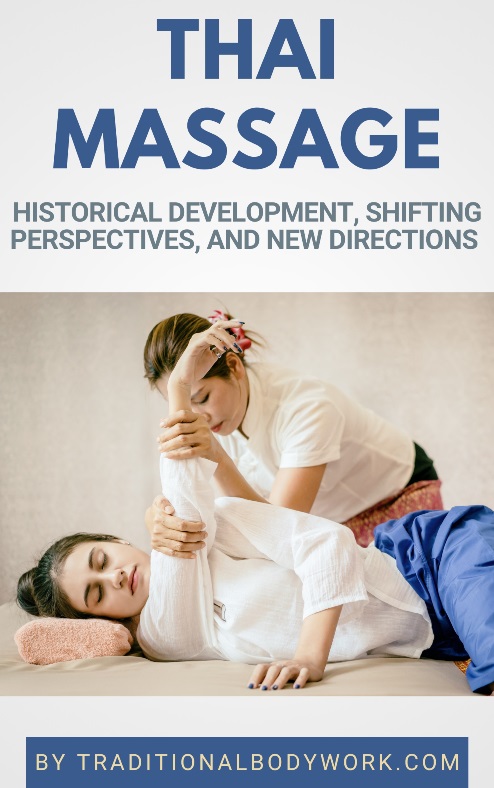
Bit by bit I discovered that many clients did feel better, got improvement of health issues, sometimes even miraculous results but that things in the majority of cases didn’t change structurally – they kept coming to me – for easy fixes, relaxation, habit.
What was missing was that it takes a lot more than just (regular) Thai Massage to really make a change. Health issues often originate from a cocktail of causes – difficult relationships, bad working posture, a job people don’t like, financial problems, environmental issues, stress, etc. It means one needs to change many aspects in one’s life to really make a change, and people simply have lots of problems doing just that.
So, I started to ask myself what was the purpose of me giving sessions, what was the benefit if my work didn’t make any real difference except for giving some comfort.
Lesson 3
It’s better not to have too high expectations of the results of your Thai Massage therapy sessions. It’s hard for people to really change their lifestyles. If you can be happy just giving people a bit of help, a bit of comfort and relaxation, well… that will make your job a lot easier. Sometimes you will help somebody to make a real change in their lives and that then will be your greatest reward.
4. Energy issues
One thing I also noticed was that I increasingly felt energy depletion, tired – mentally – after sessions. In fact, I always talked a lot with clients, about their lives, occupations, emotional problems, and so on, and that simply brings psychological strain for the therapist.
Surely some of us are more prone to get affected by those kind of talks than others. In any case, it affected me more and more. I came to a point that I dreaded doing massages with ‘heavy cases.’ And I needed more and more rest to recover mentally – there were times I quit doing massages for weeks or even thought about quitting the whole thing.
Lesson 4
Make sure you find a way to deal with psychological issues from clients. Find methods to ‘protect’ yourself from ‘negative energies.’ There are both physical and mental exercises you can do before and/or after a session. Some therapists immediately shower after a session to ‘wash off’ clients’ energies or go for a long walk in the park. Others wash their hands with salt or perform certain rituals or mantras.
It doesn’t really matter what you do. It can be anything, but you need to find that what helps you neutralize psychological i.e mental strain.
5. Neglecting yourself
The thing is that when you learn massage initially, you get a lot of massage yourself—you give, you watch, you receive. After a few months of Thai Massage training you’re not only proficient in your work, but also your body has received quite a lot of sessions—you feel good.
But then, when you start actually working with clients, we often tend to work too hard. At first you don’t notice, but gradually your body starts to suffer—we have forgotten that we need relaxation also. Not only mentally, but also for our bodies. We can come to notice that we don’t feel so good any longer—stiffness, soreness, and muscle tensions increase and our recovery times take longer.
Lesson 5
Take time for yourself. Plan regular massages for yourself and/or do a complementary physical activity that intensely stretches and relaxes your body. Think of activities like Yoga, Thai Yoga (Reusi Dat Ton), Gymnastics, Swimming, Pilates, and the like.
6. Financial issues
Especially when we start giving Thai Massage we tend to ask too little money for our services. We think we don’t have enough experience yet and that we need to become better before asking more. This can become a burden as people get used to your pricing.
Low pricing will perhaps get you more clients, but it means also working a lot harder for too little financial compensation. yet, an important thing to remember here also is that a price set too low can also keep new clients away. It’s just how the mind of customers work: “If it’s too cheap, it’s probably not so good.”
In any case, it can amount to a lot of stress not being able to make a decent living from your work.
Lesson 6
Every year of working experience or additional training courses are a good reason to adjust your prices. The beginning of the year is always a good moment to do that or the moment you return from your additional trainings. Communicate well that you have more experience now and/or have had more professional training to justify the raise. Just keep aiming at making sure you’re income reflects your efforts.
7. Professional horizons
Over time, you may get bored or apathetic having the feeling you have reached the limits of what you can do for people and you may have ended up in an working atmosphere of slumberous repetition.
Lesson 7
Make time to keep on learning new things taking new training courses. Watch videos and read books or blog articles about the subject. Certainly with Thai Massage the number of techniques and applications is sheer endless—getting bored, numb or apathetic can be avoided.
8. Loneliness
When learning Thai Massage you are surrounded with like-minded people. Thai Massage then seems to be omnipresent, certainly if you take training in Thailand. But being back in your home country and own environment you will most likely notice that there are in fact not many Thai therapists around.
Bit by bit you can start to feel like a lonesome cowboy asking yourself if you’re still doing the right thing and moreover risking to get stuck in a certain way of working without making any progress or development.
Lesson 8
Keep in touch with other Thai Massage students. Register for Internet forums and groups that cover Thai Massage. Keep the spirit alive by watching plenty of videos on YouTube and best of all—try to take additional training locally or go to Thailand now and again to get immersed and energized all over again.







